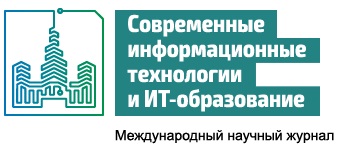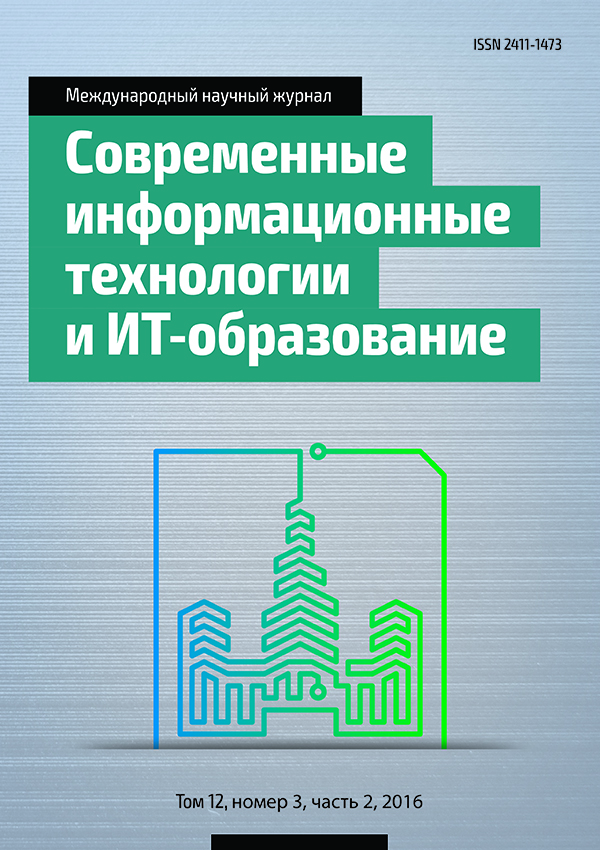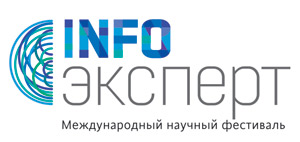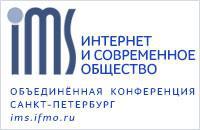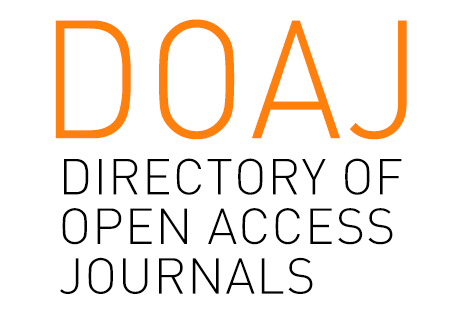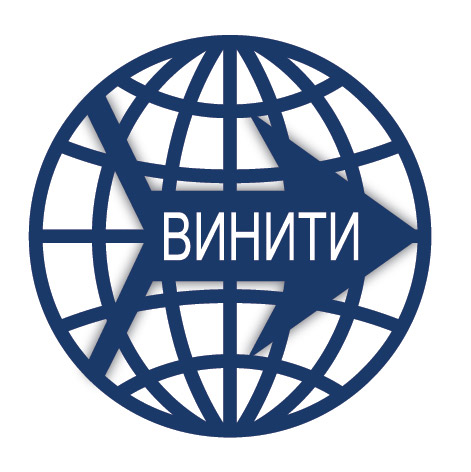О ВЕРОЯТНОСТНОМ И НЕЧЁТКОМ СПОСОБАХ ОЦЕНИВАНИЯ МЕТАПРЕДМЕТНЫХ КОМПЕТЕНЦИЙ УЧАЩИХСЯ
Аннотация
В статье приводится сопоставительный анализ двух способов оценивания латентных образовательных достижений учащихся, основанных на факторной теории оценки (Item Response Theory – IRT) и теории нечётких множеств. Проведённое исследование показало, что нечёткая модель применительно к достижению метапредметных образовательных результатов имеет бóльший практический потенциал, чем способ IRT, опирающийся на эмпирико-статистические методы, которые используются при вероятностном анализе больших массивов слабоструктурированных данных.
Литература
2. Аванесов В.С. Основные понятия и положения математической теории измерений (Item Response Theory). http://gpo1006.keva.tusur.ru/node/4.
3. Аванесов В.С. Проблема педагогического измерения латентных качеств http://viperson.ru/articles/problemapedagogicheskogo-izmereniya-latentnyh-kachestv.
4. Аванесов В.С. Item Response Theory: основные понятия и положения. http://testolog.narod.ru/Theory59.html.
5. Иванова О.А. Межпредметные понятия и формирование универсальных учебных действий на уроках математики // Известия Российского государственного педагогического университета им. А.И. Герцена. 2013. Выпуск № 161. С. 215-219. http://cyberleninka.ru/article/n/mezhpredmetnye-ponyatiya-i-formirovanie-universalnyh-uchebnyh-deystviypri-izuchenii-matematiki.
6. Кодификатор элементов содержания учебно-познавательных компетенций учащихся.
https://sites.google.com/site/efficiencyolga/home/kodifikator-elementov-soderzania-ucebno-poznavatelnyhkompetencij-ucasihsa.
7. Корчажкина О.М. Измерение метапредметных образовательных результатов: постановка задачи моделирования нечёткого автомата // Современные информационные технологии и ИТ-образование. – Т. 1 (№ 11), 2015. – С. 106-116.
8. Корчажкина О.М. Концепция оценки метапредметных образовательных результатов методами нечёткого моделирования / Современные информационные технологии и ИТ-образование [Электронный ресурс] / Сборник научных трудов VIII Международной научно-практической конференции / под ред. В.А. Сухомлина. – Москва: МГУ, 2013. – Т.2. – 357с. – 1 электрон. oпт. диск (СD-ROM). С. 204-217.
9. Корчажкина О.М. Метапредметное содержание образования во ФГОС общего образования // Педагогика. 2016. № 2. С. 16-25.
10. Корчажкина О.М. Типология заданий для электронных учебников: укрупнять или разделять? / Труды
Международного конгресса по информатике: информационные системы и технологии (CSIS’2016). г. Минск, Республика Беларусь. 24 – 27 октября 2016 г. (в печати).
11. Федеральный государственный образовательный стандарт среднего (полного) общего образования. / М-во образования и науки Рос. Федерации. – М.: Просвещение, 2013. – 63 c. (Стандарты второго поколения).
12. Mislevy, R.J. How Developments in Psychology and Technology Challenge Assessment. Доклад на заседании учебного комитета Национальных академий естественных, инженерных и медицинских наук США (The National Academies of Sciences, Engineering, and Medicine) https://vimeo.com/136642747.
13. Piegat, A. Fuzzy Modeling and Control. – Heidelberg: Physica-Verlag, 2001. – 728 p.
14. Zimmermann, H.-J. Fuzzy set theory // WIREs Comp Stat, John Wiley & Sons, Inc. Vol. 2, May/June. 2010. P. 317-332. http://www.mv.helsinki.fi/home/niskanen/zimmermann_review.pdf
15. Zimmermann, H.-J. Fuzzy set theory and its applications / H.-J. Zimmermann. – 4th ed. – 514 p.
http://kashanu.ac.ir/Files/Content/H_-J_%20Zimmermann%20%20(auth_)%20Fuzzy%20Set%20Theory%E2%80%94and%20Its%20Applications%20%202001.pdf.

Это произведение доступно по лицензии Creative Commons «Attribution» («Атрибуция») 4.0 Всемирная.
Редакционная политика журнала основывается на традиционных этических принципах российской научной периодики и строится с учетом этических норм работы редакторов и издателей, закрепленных в Кодексе поведения и руководящих принципах наилучшей практики для редактора журнала (Code of Conduct and Best Practice Guidelines for Journal Editors) и Кодексе поведения для издателя журнала (Code of Conduct for Journal Publishers), разработанных Комитетом по публикационной этике - Committee on Publication Ethics (COPE). В процессе издательской деятельности редколлегия журнала руководствуется международными правилами охраны авторского права, нормами действующего законодательства РФ, международными издательскими стандартами и обязательной ссылке на первоисточник.
Журнал позволяет авторам сохранять авторское право без ограничений. Журнал позволяет авторам сохранить права на публикацию без ограничений.
Издательская политика в области авторского права и архивирования определяются «зеленым цветом» в базе данных SHERPA/RoMEO.
Все статьи распространяются на условиях лицензии Creative Commons «Attribution» («Атрибуция») 4.0 Всемирная, которая позволяет другим использовать, распространять, дополнять эту работу с обязательной ссылкой на оригинальную работу и публикацию в этом журналe.
